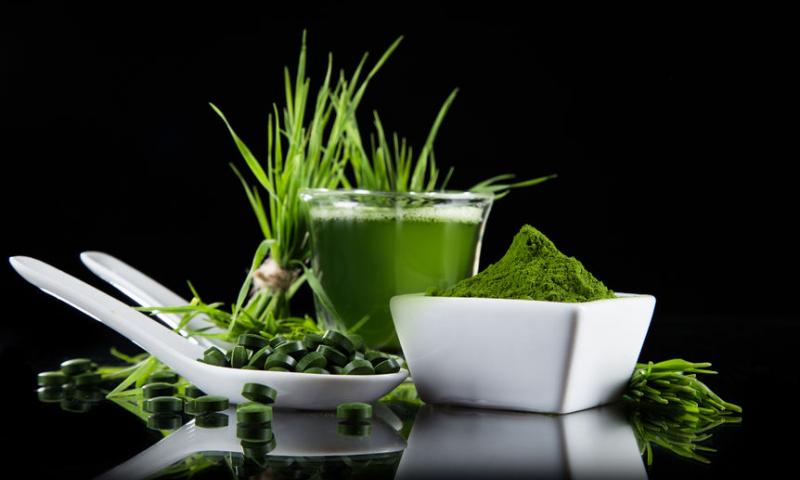 />
/>
Family: Lichinaceae
Latin Name: Arthrospira Platensis
Common Names: Spirulina, Blue-Green Algae
Parts Used: Algae
Habitat: Spirulina grows in some lakes, particularly those rich in salts, in Central and South America and Africa
Spirulina is blue-green algae. It belongs to the family of several species of micro algae such as blue-green aphanizomenon (the closest relative of Spirulina) and green algae chlorella and dunaliella. These microscopic dark-green algae have the shape of spiral coils. All the kinds of micro algae grow wildly everywhere; both edible species are cultivated at the especially designed algae farms to provide their purity.
This is the only existing organism that has lived on the Earth without changes for millions of years precisely because of its unique biochemical composition. This is a balanced set of vitamins, minerals and amino acids, encased in an easily digestible mucoprotein membrane. There is a large amount of blue pigmenticocyanin in the composition of spirulina. This substance is the only known one that can stop the growth of cancer cells. It has not been found in any other products on Earth. In total, spirulina consists of about 2000 vitamins, minerals, amino acids, including essential polyunsaturated fatty amino acids and enzymes.
NUTRITIONAL VALUE OF SPIRULINA

The main biologically active components in Spirulina:
- Arginine

- Gamma-linolenic acid
- Glutamic acid
- Inositol
- Thiamine
- Tyrosine
- Phycocyanin
- Folic acid
- Cystine
“Gram for gram, spirulina could be the most nutritious and well-rounded food on the planet, which stores almost indefinitely”
Gabriel Cousens
*This article is for informational purposes only. We suggest consulting with a physician before using these or any other herbal supplements.
